10 Plants That Will Ruin Your Vegetable Garden If You Let Them
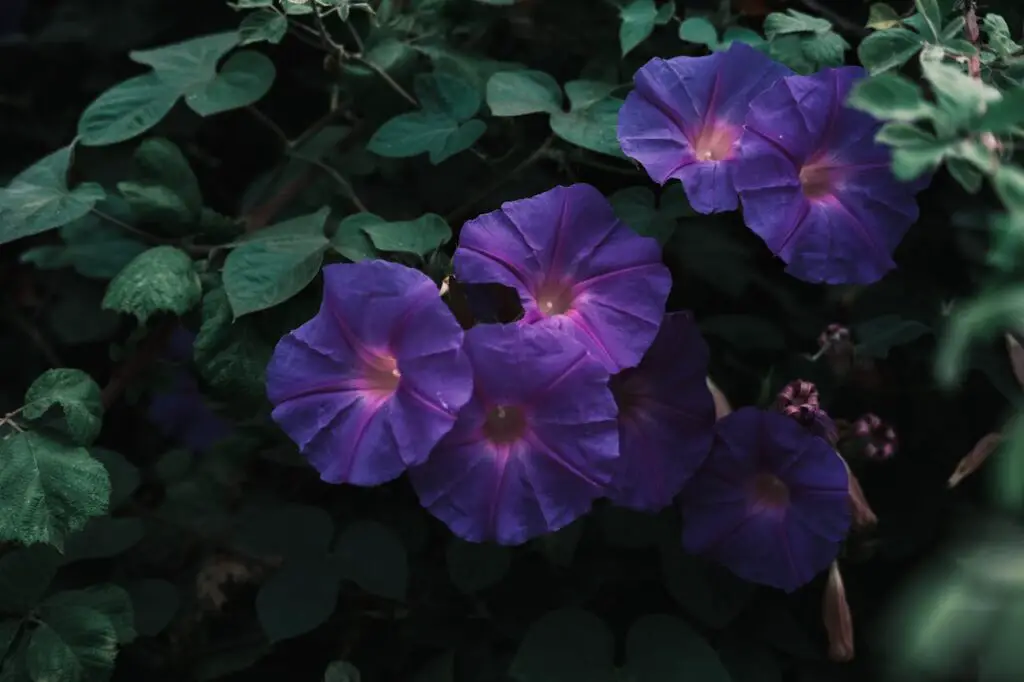
A thriving vegetable garden doesn’t happen by accident—it takes planning, care, and the right companions in the soil. But while most gardeners focus on what to grow, knowing what not to plant is just as important. Some plants that look harmless or even helpful can actually cause chaos in your garden beds. Whether it’s through aggressive root systems, toxic chemicals, or greedy nutrient consumption, these plants can stunt your crops, attract pests, and choke out your harvest before it begins. In this guide, we’re revealing 10 plants that will sabotage your vegetable garden if you let them—and why you should keep them far from your prized tomatoes, cucumbers, and greens. Get ready to make smarter planting decisions and protect your veggies from silent saboteurs hiding in plain sight.
1. Mint – The Invasive Overachiever
![]()
Mint is beloved for its refreshing aroma and culinary uses, but it’s a nightmare when introduced to a vegetable garden. This herb spreads aggressively through underground rhizomes, quickly taking over any available space and crowding out your vegetables. Once established, mint becomes nearly impossible to remove entirely, as even tiny root fragments can regrow. Its invasive nature means it will compete for water, sunlight, and nutrients, leaving your vegetables struggling to thrive. To enjoy mint without risking your crops, grow it in containers and keep it well away from your garden beds.
2. Fennel – The Anti-Social Herb
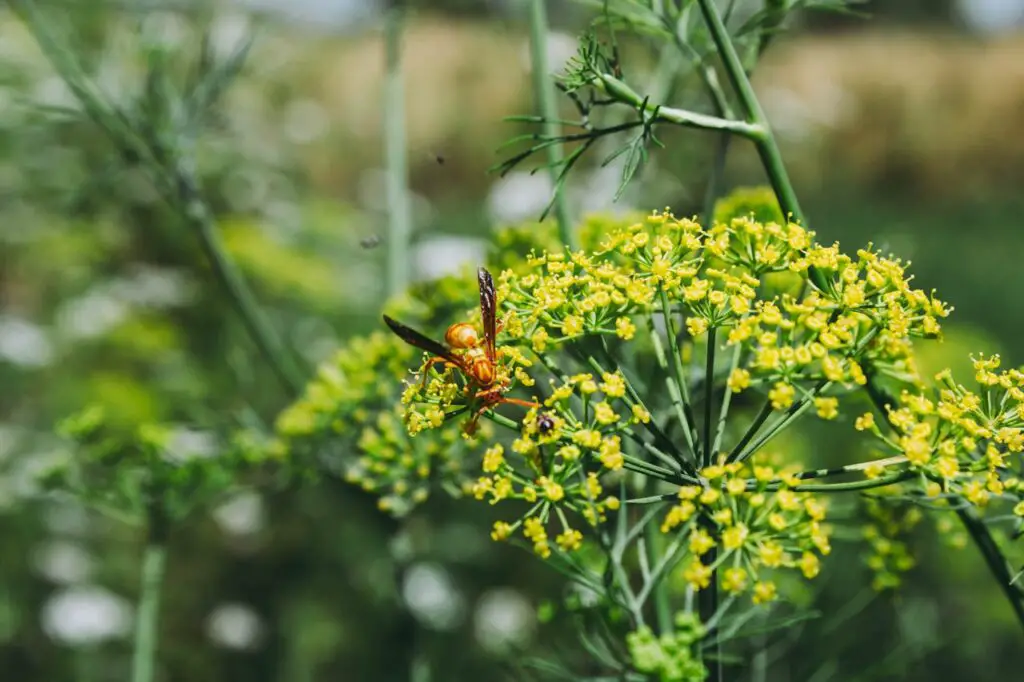
Fennel is another herb that may seem like a great garden addition, but it doesn’t play well with others. It releases allelopathic chemicals that can stunt the growth of many popular vegetables such as tomatoes, beans, and peas. These substances essentially poison the soil around it, making it difficult for other plants to grow successfully nearby. In addition, fennel doesn’t benefit from any companion plants, making it a lone wolf in the garden. If you want to grow fennel, give it a separate, dedicated space well away from your other crops.
3. Black Walnut Trees – The Silent Killers
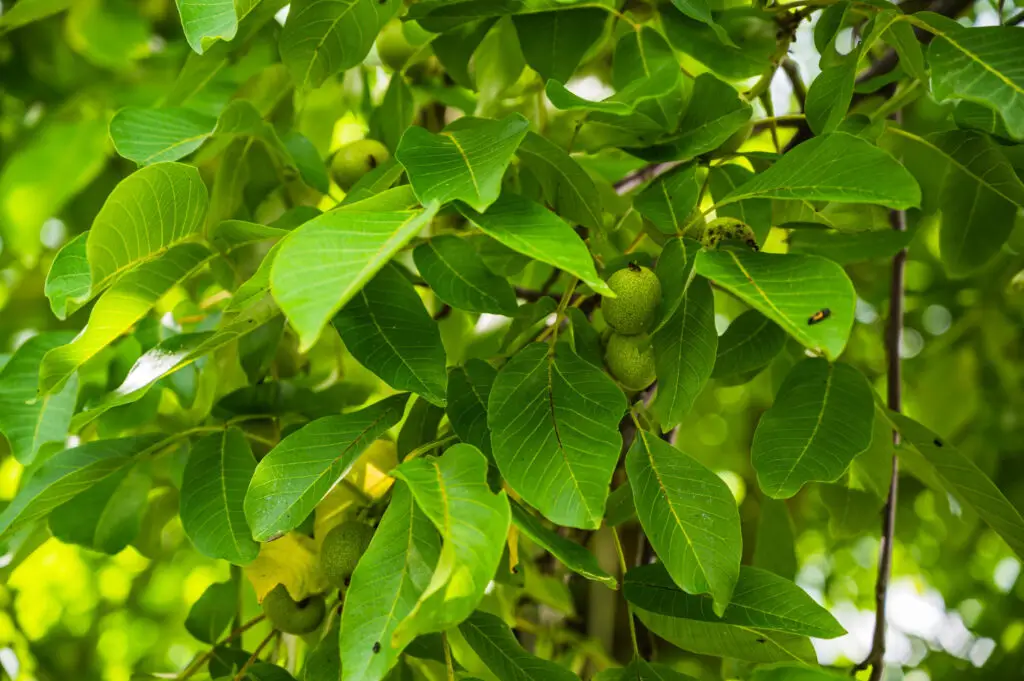
If you have a black walnut tree anywhere near your garden, your vegetables may be in danger. These trees release a chemical called juglone, which is toxic to many plants, especially members of the nightshade family like tomatoes, potatoes, peppers, and eggplants. The toxin is present in the roots, leaves, and even the husks, and it can leach into the soil or be spread through rainwater runoff. Vegetables growing in juglone-contaminated soil may wilt, yellow, or die suddenly. Keep your garden beds as far as possible from black walnut trees and consider using raised beds with barriers if you must plant nearby.
4. Bamboo – The Bully of the Garden
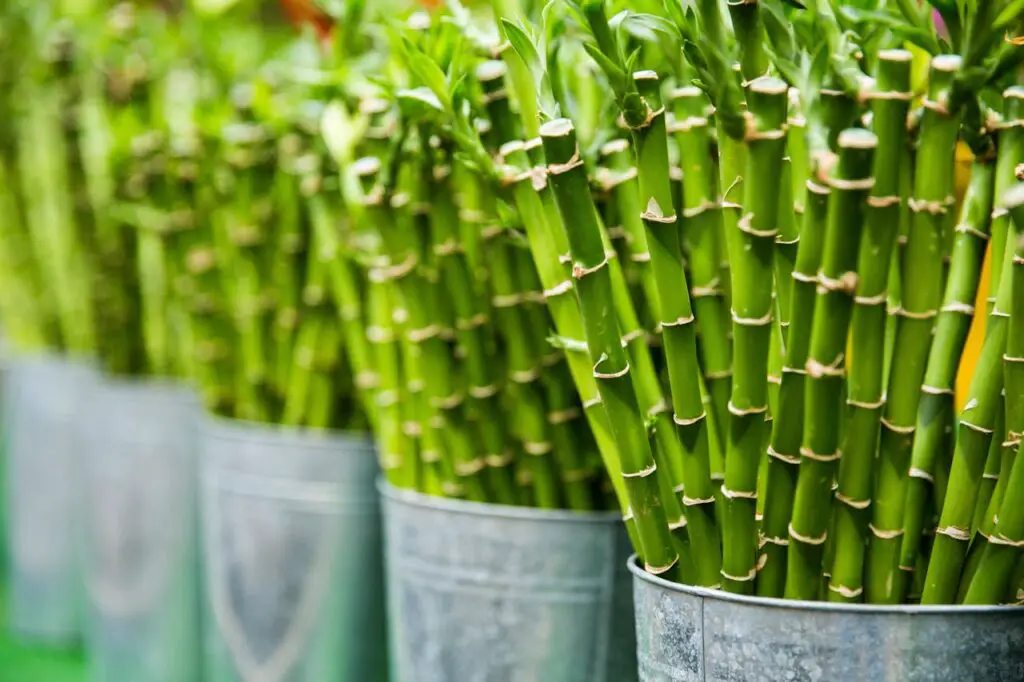
Bamboo may look exotic and elegant, but it’s one of the worst plants to have near a vegetable garden. This fast-growing grass spreads rapidly through underground runners and can become invasive in no time. Its roots aggressively compete for nutrients and water, depriving your vegetables of the essentials they need to grow. Bamboo also creates dense shade that can smother sun-loving crops. Even clumping varieties can overstep their bounds over time. If you love the aesthetic of bamboo, plant it in heavy-duty containers and place it far from your edible beds to avoid a garden takeover.
5. Morning Glory – The Beautiful Menace
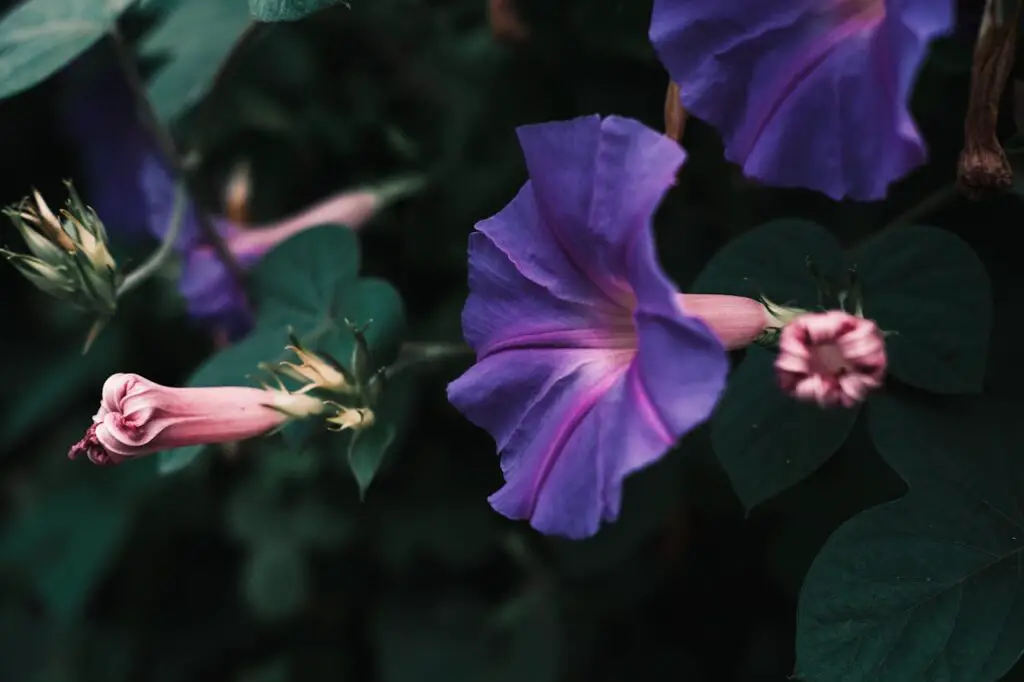
Morning glories produce beautiful, colorful blooms that brighten up fences and trellises, but their vines are more sinister than they appear. These plants grow quickly and wrap themselves around anything in their path, including your delicate vegetable plants. This leads to reduced sunlight, limited airflow, and tangled stems, which can all harm your crops. Morning glories also reseed easily and can become a long-term nuisance in your garden. To avoid their creeping chokehold, admire morning glories from a separate flower bed, not near your vegetables.
6. Rue – The Toxic Companion
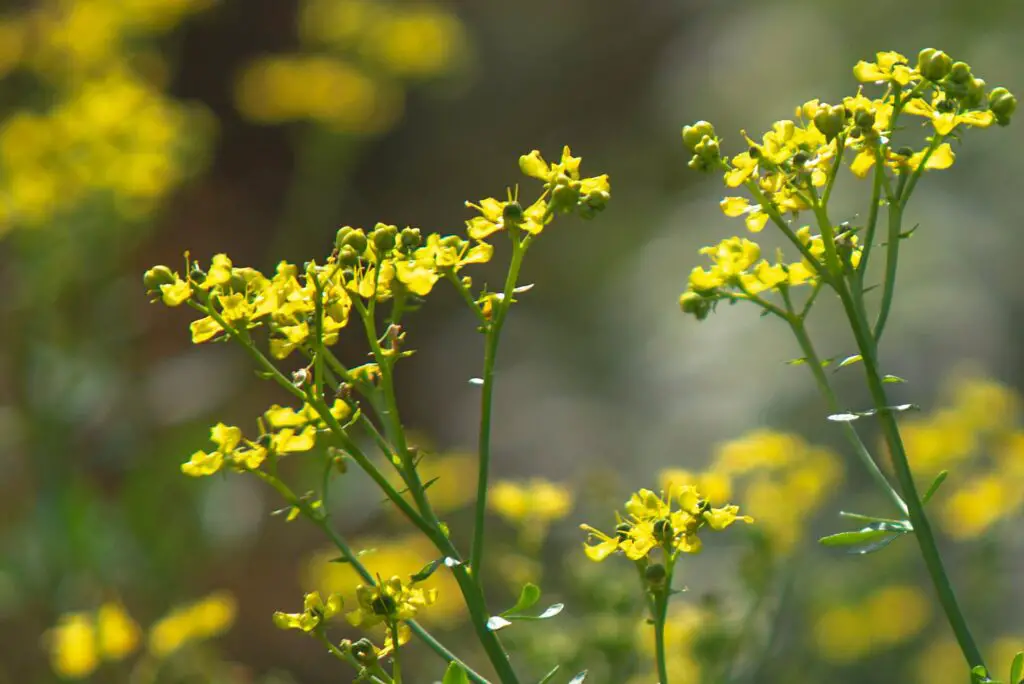
Rue is a historic herb once valued for its medicinal properties, but it is best kept out of the vegetable garden. It produces oils and compounds that can inhibit the growth of neighboring plants, especially herbs like basil and sage. Additionally, rue can cause severe skin irritation when touched, particularly under sunlight, making it a safety risk for gardeners. While it may repel some pests, its harmful effects on both plants and people make it a poor companion in any edible garden. Grow rue in a secluded area if you choose to plant it at all.
7. Sunflowers – The Greedy Giants
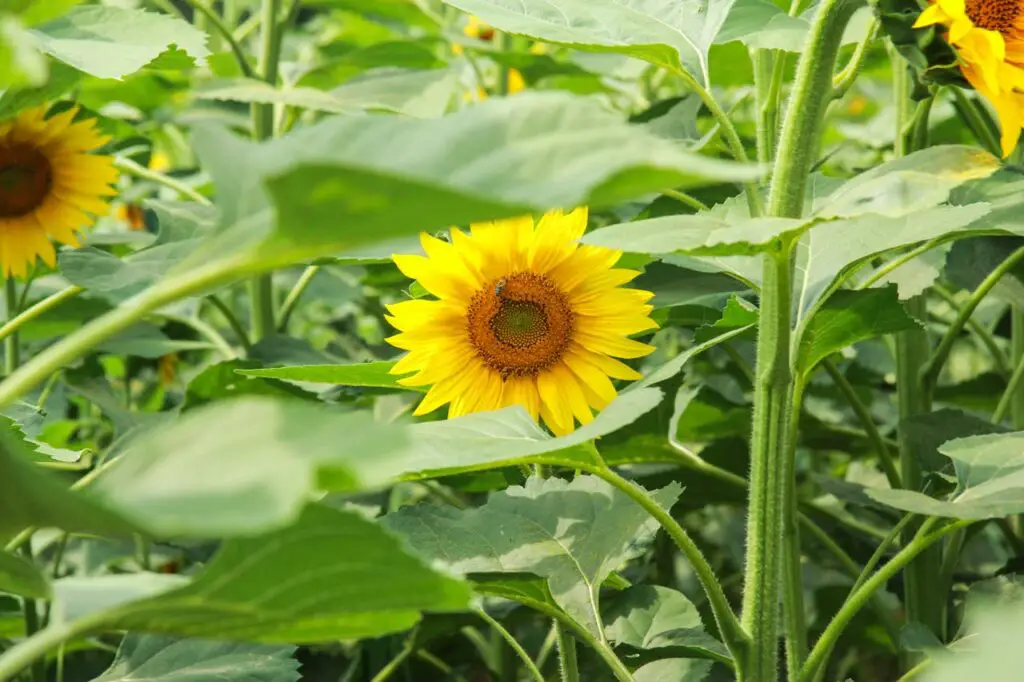
Sunflowers are often planted to attract pollinators, but they can do more harm than good in close proximity to vegetables. These tall, striking plants require a lot of water and nutrients, which makes them fierce competitors for nearby crops. On top of that, sunflowers may produce allelopathic substances that prevent other plants from germinating or growing properly. Their large leaves can also cast shade on sun-loving vegetables, reducing yields. If you enjoy sunflowers, plant them at the edge of your garden where they can still attract bees without disrupting your harvest.
8. Horseradish – The Root That Won’t Quit
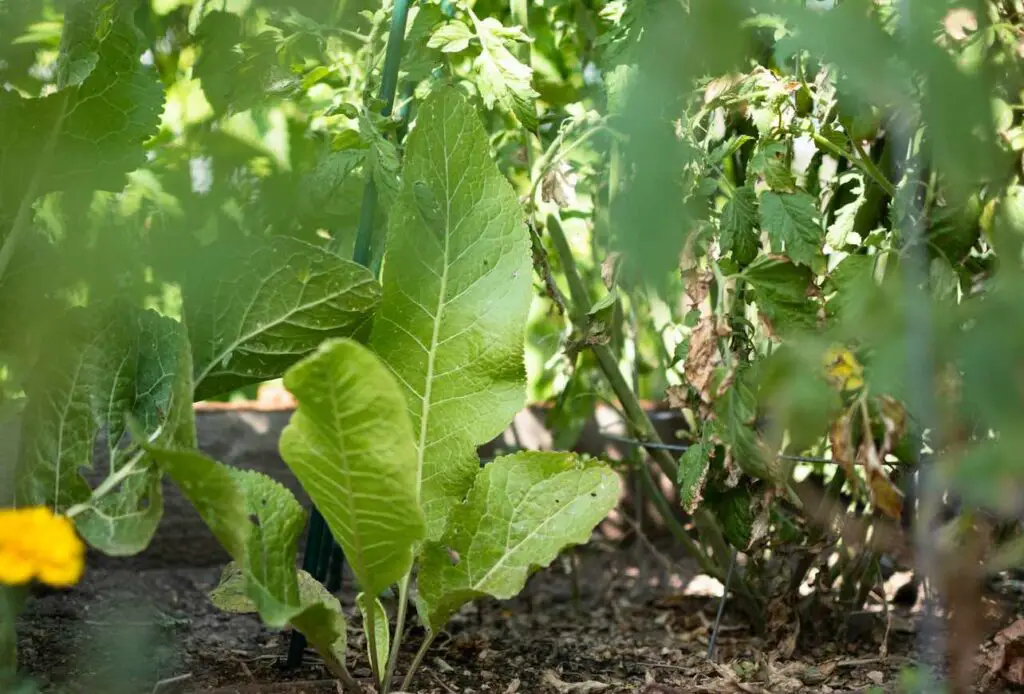
Horseradish is a hardy plant with a pungent flavor and strong roots that make it more trouble than it’s worth in the vegetable garden. Its roots spread aggressively underground, and even a small leftover piece can regrow into a full plant. Once horseradish establishes itself, it’s extremely difficult to eradicate and can crowd out other vegetables by hogging nutrients and space. If you enjoy growing horseradish, use a large container or designate an isolated area that you’re willing to sacrifice to this stubborn root.
9. Wormwood – The Pest-Repelling Plant That Repels More Than Bugs
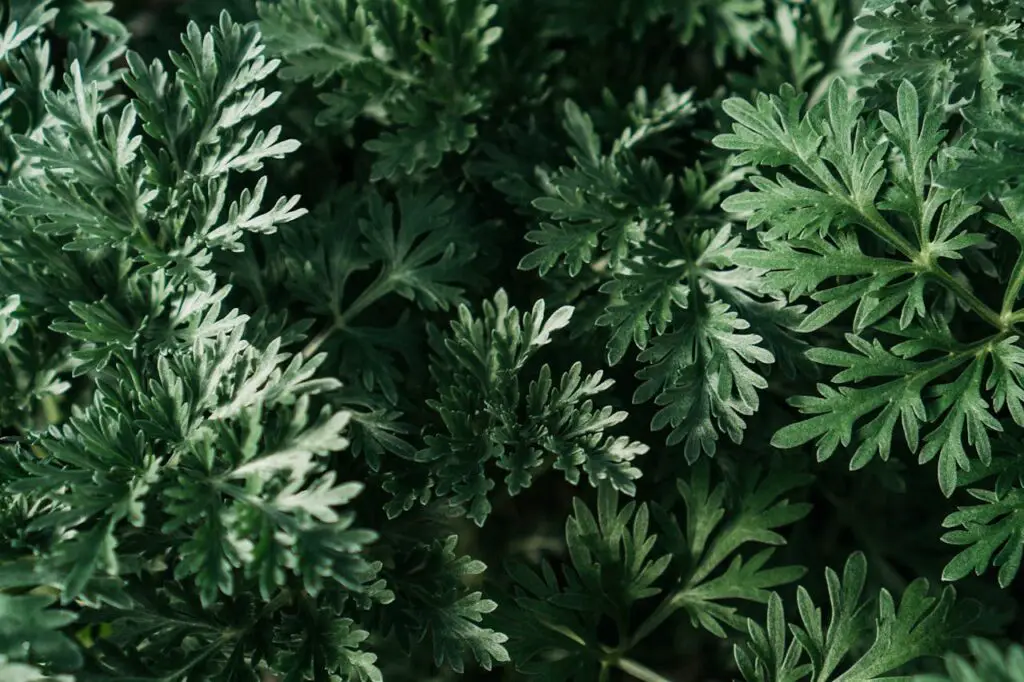
Wormwood is sometimes praised for its ability to deter pests, but it comes with a major downside: it’s highly allelopathic. This means it releases chemicals that suppress the growth of many vegetable garden staples like carrots, beans, and peas. Wormwood’s toxicity extends to the soil, and even small amounts of leaf litter can inhibit nearby plants. Though it might repel some harmful insects, wormwood also creates an inhospitable environment for your crops. Keep it well away from your vegetable garden if you decide to grow it at all.
10. Tree of Heaven – The Urban Invader
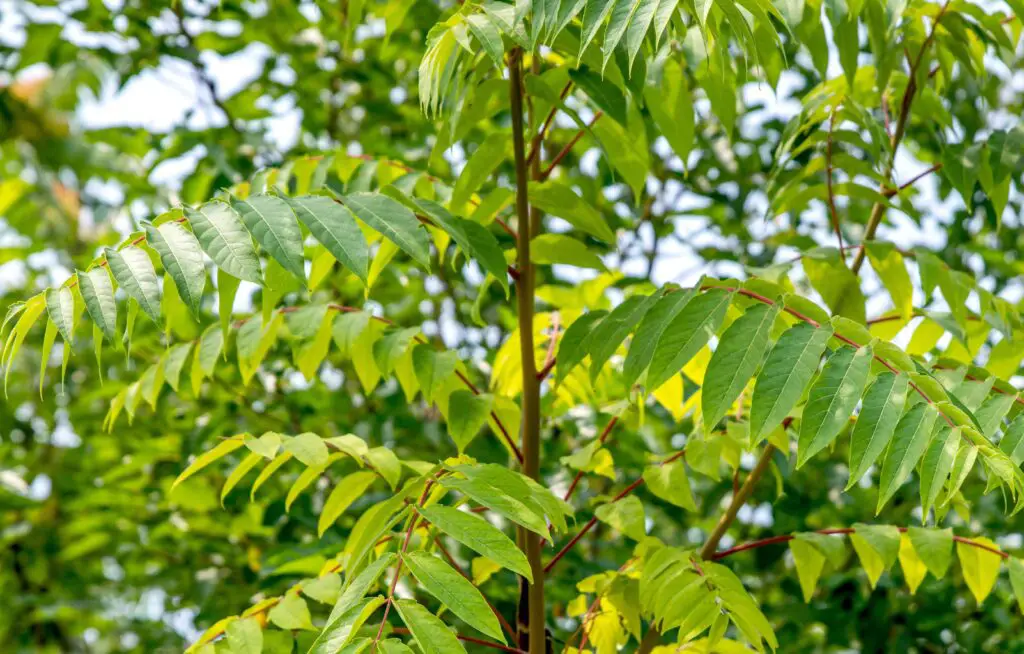
Tree of Heaven is often found in urban areas and grows incredibly fast, which makes it sound appealing for landscaping—but it’s anything but heavenly for your garden. It produces powerful allelopathic chemicals that poison the soil and prevent vegetables from thriving. Even worse, this tree attracts pests like the spotted lanternfly, which can severely damage both fruit and vegetable crops. The tree’s roots are invasive, its sap is sticky and messy, and its seedlings sprout aggressively. If you spot a Tree of Heaven near your garden, it’s best to remove it completely before it ruins your soil and your harvest.
Final Thoughts
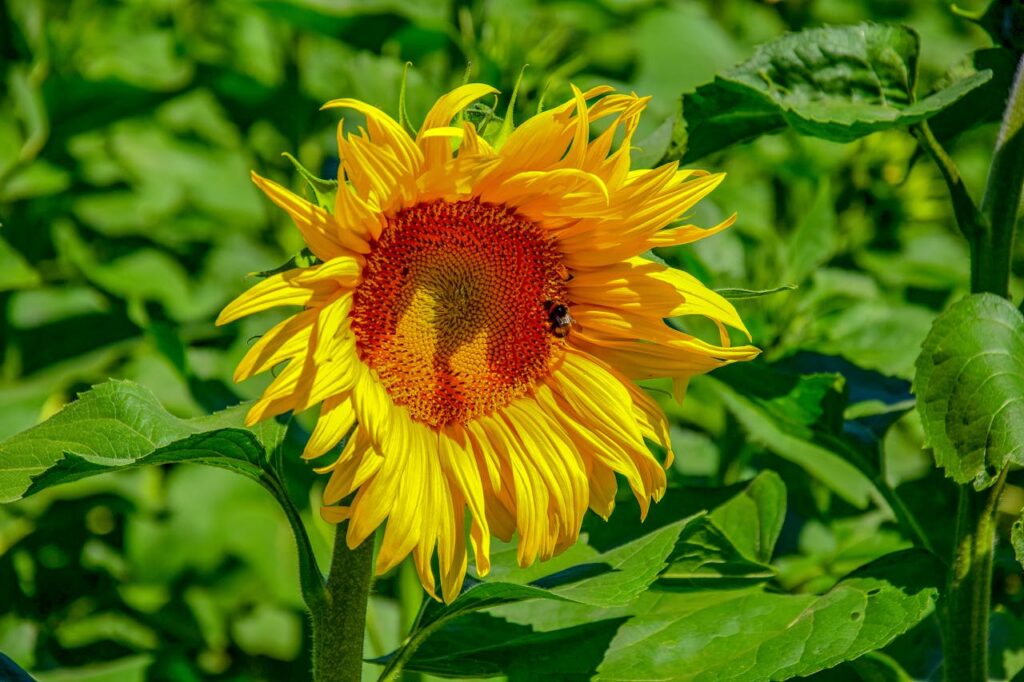
The success of your vegetable garden depends not just on what you plant, but on what you keep out. The ten plants listed above may be beautiful, aromatic, or even useful in other parts of your yard, but they bring nothing but problems to your vegetable beds. Whether they’re spreading underground, poisoning the soil, or outcompeting your veggies for essential nutrients, these garden misfits can significantly reduce your harvest and increase your frustration.
If you want to protect your garden and boost productivity, choose your plant neighbors wisely. Consider companion plants that actually benefit vegetables, such as marigolds for pest control, basil for flavor enhancement, or legumes for nitrogen fixation. Creating a balanced, mutually supportive environment in your garden will not only increase your yields but also make gardening more enjoyable and sustainable in the long run. In short, avoid these ten troublemakers, and your vegetable garden will thank you with rich soil, strong plants, and a harvest worth celebrating.
Leave a Reply